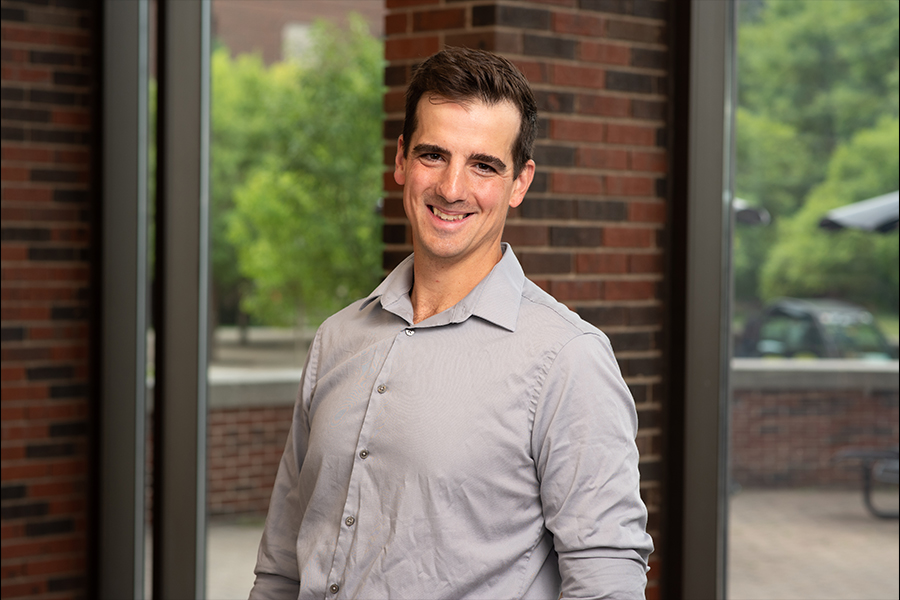Purdue ECE’s Timothy Rogers leads $1.2M NSF project on future of AI accelerators

The U.S. National Science Foundation has awarded a $1.2 million grant to Purdue University and the University of Wisconsin–Madison to develop tools that will help researchers design the next generation of computer hardware that powers artificial intelligence.
The three-year project is led by Timothy Rogers, associate professor in Purdue’s Elmore Family School of Electrical and Computer Engineering, with Wisconsin’s Matthew Sinclair as co-principal investigator. The funding comes from NSF’s Division of Computer and Network Systems.
The grant will support enhancements to Accel-Sim, an open-source simulation platform widely used by researchers to model and evaluate graphics processing units (GPUs). GPUs are the specialized chips that drive machine learning and other compute-intensive applications.
“GPUs are at the heart of artificial intelligence,” Rogers said. “But the challenge for researchers is that the hardware evolves so quickly, and companies keep their own modeling tools proprietary. Accel-Sim fills that gap by providing a high-fidelity, flexible platform that is open to the research community.”
The project will expand Accel-Sim in three key areas:
- Performance and energy modeling: Updating simulations to reflect the latest GPU architectures, such as NVIDIA’s Ampere, Hopper and Blackwell, and supporting forward-looking features that are likely to drive AI accelerator innovation in the future.
- Broader coverage: Integrating with system-level simulation frameworks, defining useful interfaces and levels of fidelity to study the effect of higher-level software decisions on micro-architectural behavior.
- Scalability: Developing advanced methods to simulate large, complex workloads efficiently, while also modeling the energy demands of data centers that run thousands of GPUs.
In addition to the technical advances, the team will host workshops to train new users and build a sustainable research community around the tool. Because Accel-Sim is open source, researchers worldwide rely on it to explore new hardware designs.
“Our goal is to make this infrastructure accessible so that a graduate student or researchers in industry anywhere in the world can begin testing ideas right away,” Rogers said. “The improvements we’re making will help guide the future of accelerator design and, ultimately, the performance and efficiency of AI itself.”
This project reflects Purdue ECE’s leadership at the intersection of hardware and artificial intelligence. From pioneering new computing architectures to advancing energy-efficient systems, Purdue researchers are helping shape the technologies that drive discovery, industry and innovation worldwide.
